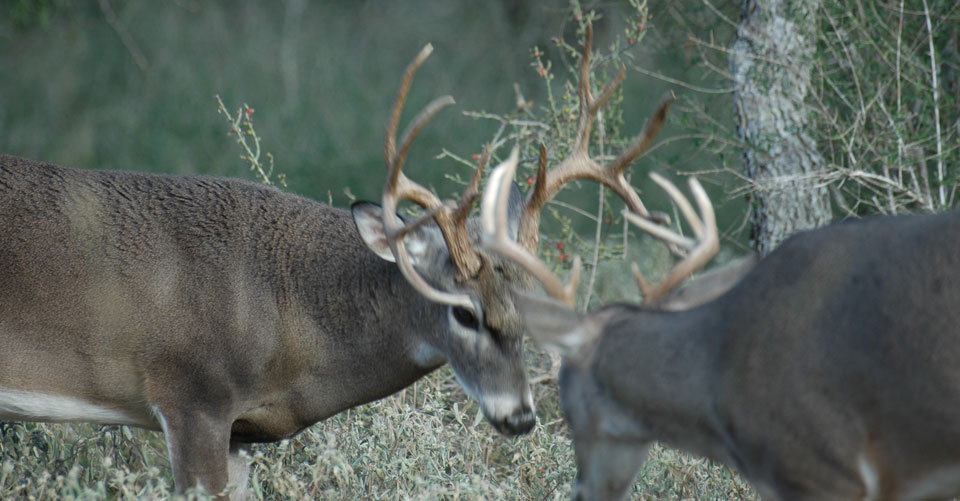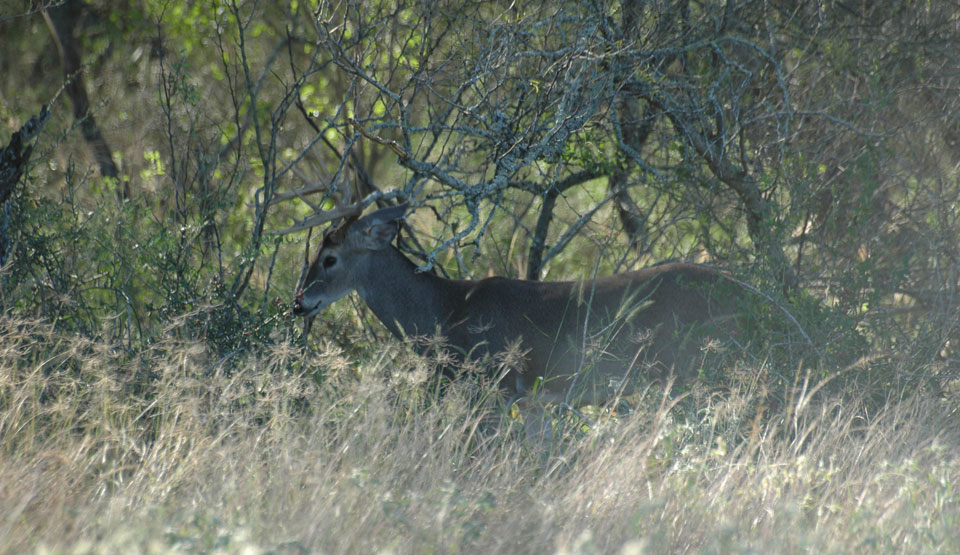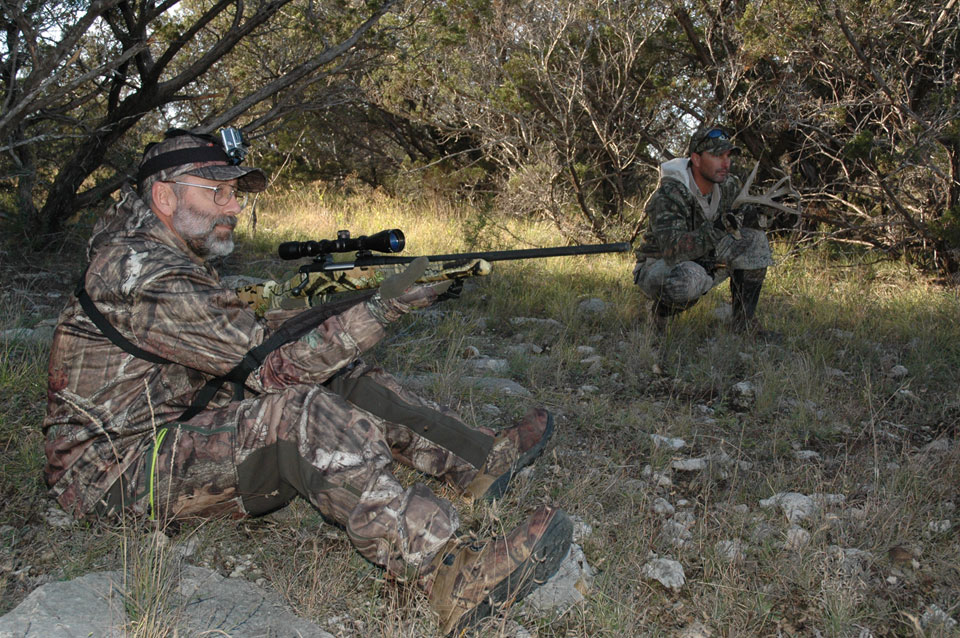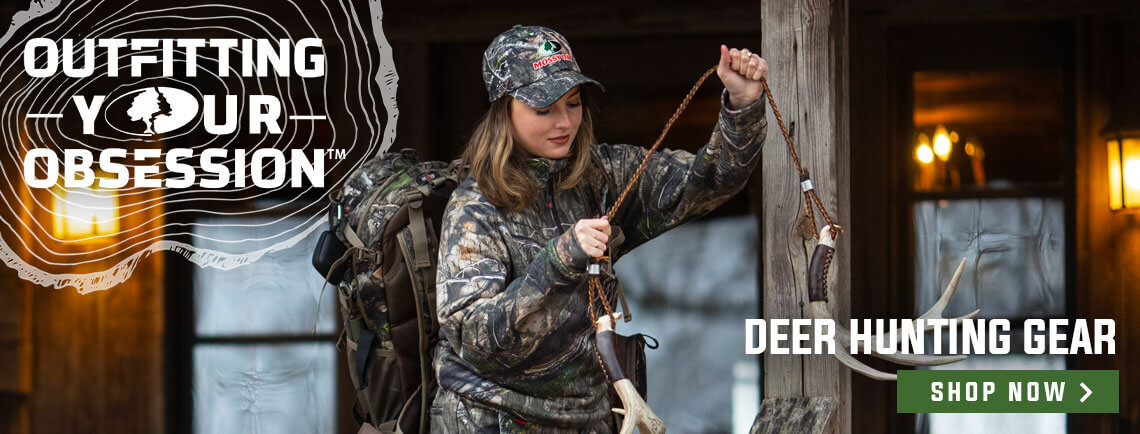Bob Humphrey
By imitating the sound of sparring bucks, you pique the curiosity and aggressiveness of other bucks. And nothing gathers a crowd like a good fight. Of course it's most effective during the peak of rut, when a buck's testosterone levels are also peaking.
Match the Season
In the early fall, bucks begin sorting out their pecking order with casual sparring that's often more of a shoving match than actual combat. The meshing of antlers is, at times, almost delicate. Accordingly, early season rattling should be soft and sparse, "tickling" antlers together. Save the more aggressive rattling for peak rut when bucks are more serious about their rivalries.
Get Real
When two bucks square off, they do much more than just mesh antlers. They kick rocks, break branches and gasp for breath. Obviously you can’t do all that from an elevated treestand, but if you or your hunting partner are on the ground you can and should make as much realistic commotion as possible to convince any deer within hearing distance that an actual fight is taking place.

Take Your Time
There are no hard and fast rules as to how much and how often to rattle. Every battle is different. Deer don't wear watches and they're not concerned about how long they fight or how many breaks they take in between. Don’t overdo it but rattling long enough to get the attention of real deer and give them a chance to identify the sound and its location.
A.M. or P.M.?
You can rattle any time of day, but research from Texas shows morning to be a much more effective time. A good tactic is to sit quietly for the first hour or so to take advantage of natural deer movement. Then if nothing’s happening, hit the horns.
Don’t Give Up
Perhaps the biggest mistake hunters make is getting discouraged and giving up too soon. Again, no hard and fast rules, but a general guideline is to rattle every 20 to 30 minutes and more importantly, stick with it. It's far more common to get a response the third or fourth time you rattle.
Setup
Where and how you set up can make a huge difference. That Texas study also found that deer often approach rattling from downwind, where they can scope things out before closing in. A fight represents a potentially dangerous situation, and while they may be attracted, they'll also be cautious. Many hunters have probably rattled in bucks but never knew it. Try to set up so that it’s difficult for deer to circle downwind of you, or if they do, they must do so in the open.

Partner Up
Another way to overcome wary bucks is by pairing up. Have one hunter, the rattler, set up some distance upwind of the other, the shooter. When the buck circles downwind, its attention will be fixed on the rattler, allowing the other hunter a better shooting opportunity. This allows each individual to concentrate on their specific duty. As noted above, you can also put the shooter in an elevated stand and leave the rattler on the ground where they can also rake antlers on trees or brush, shuffle their feet in the leaves and kick branches and bushes, creating a more realistic sound.

Be Prepared
The old Boy Scout motto really applies here. You've also got to stay alert because when bucks come to the horns, they usually come in one of two ways. They’re either sneaking through the thick stuff, where you may only have a moment to shoot, or they’re running in with fire in their eyes. Either way, you don't want to get caught holding a pair of horns when that big-racked buck suddenly busts out of the brush spoiling for a fight.
Rattling is not a high percentage technique. More often than not it won’t work but when it does, it can be very exciting. And it can sometimes change the pace of an otherwise slow day. Turning the heat up can and will work in the South or anywhere else conditions are right. And there's little doubt more Deep South deer will be coming to the horns. You just need enough confidence to keep trying.































